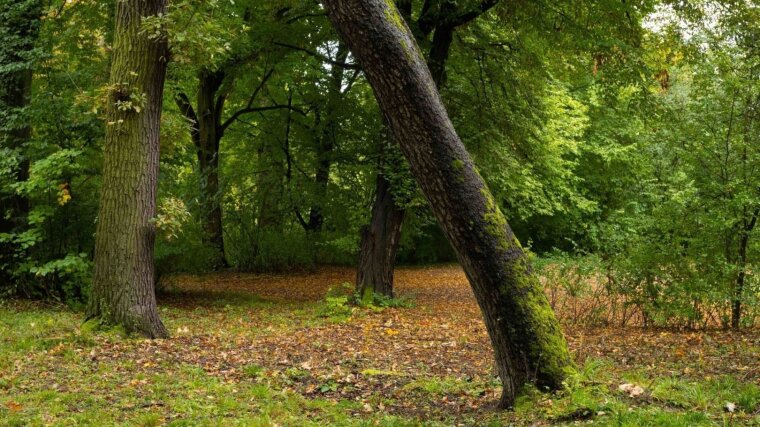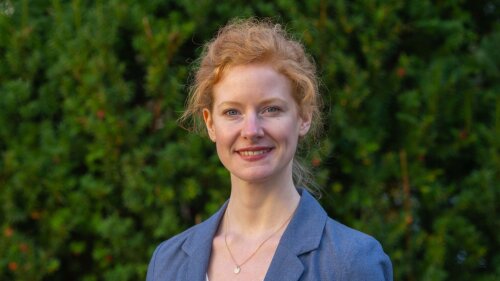
In the »Romantic Model. Variation—Scope—Relevance« Research Training Group, young researchers are proving that the ideas which emerged over 200 years ago are still very much alive today. They are bundling romantic elements to create models and analysing how these are being employed and expanded today. The Research Training Group has created an interdisciplinary platform for a broad range of projects that show how Romanticism is a fairly timeless and limitless topic—here are three examples.
The Research Training Group »The Romantic Model. Variation–Scope–Relevance«
The Research Training GroupExternal link has been funded by the German Research Foundation since 2015. The current second funding period will last until 2024. Fourteen doctoral students are currently working in the Research Training Group—the third cohort to take part in the study programme. Researchers from the fields of literature, linguistics, music and art studies, history, theology, computational linguistics and sociology are participating in the research group and, together with partners from Jena, Germany and all over the world, they are investigating Romanticism as an epoch-spanning European and non-European phenomenon. In doing so, they use models that reduce historical Romanticism to its essential characteristics and content. In this way, the researchers are trying to identify the patterns of Romanticism in the modern age—even where they are not obvious at first: in current politics, the perception of nature in urban spaces or the management of the climate crisis.
